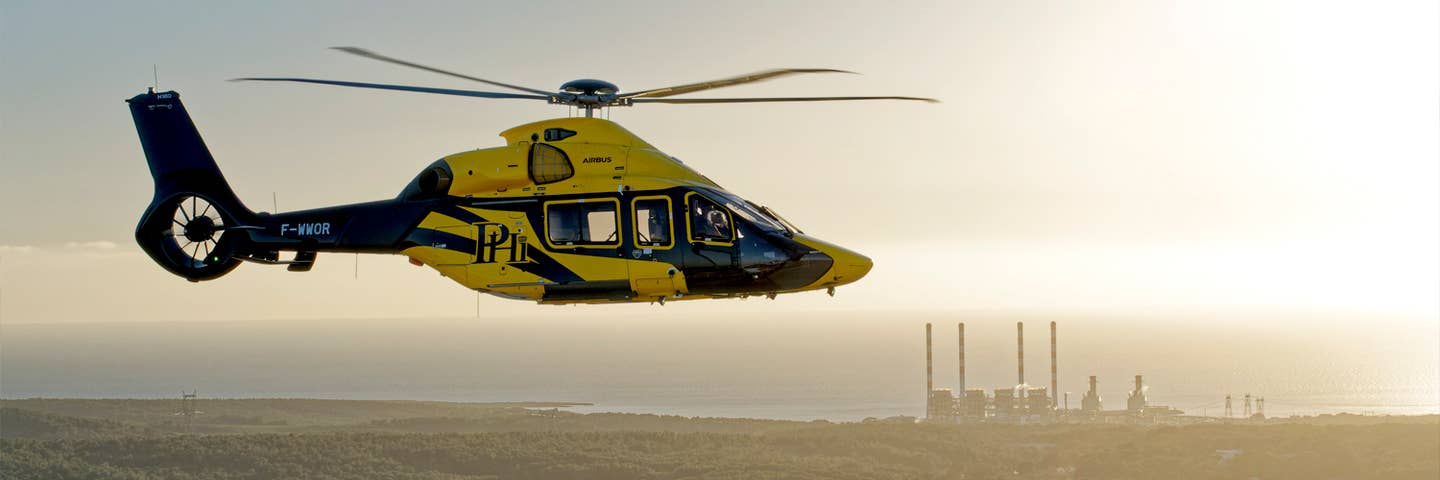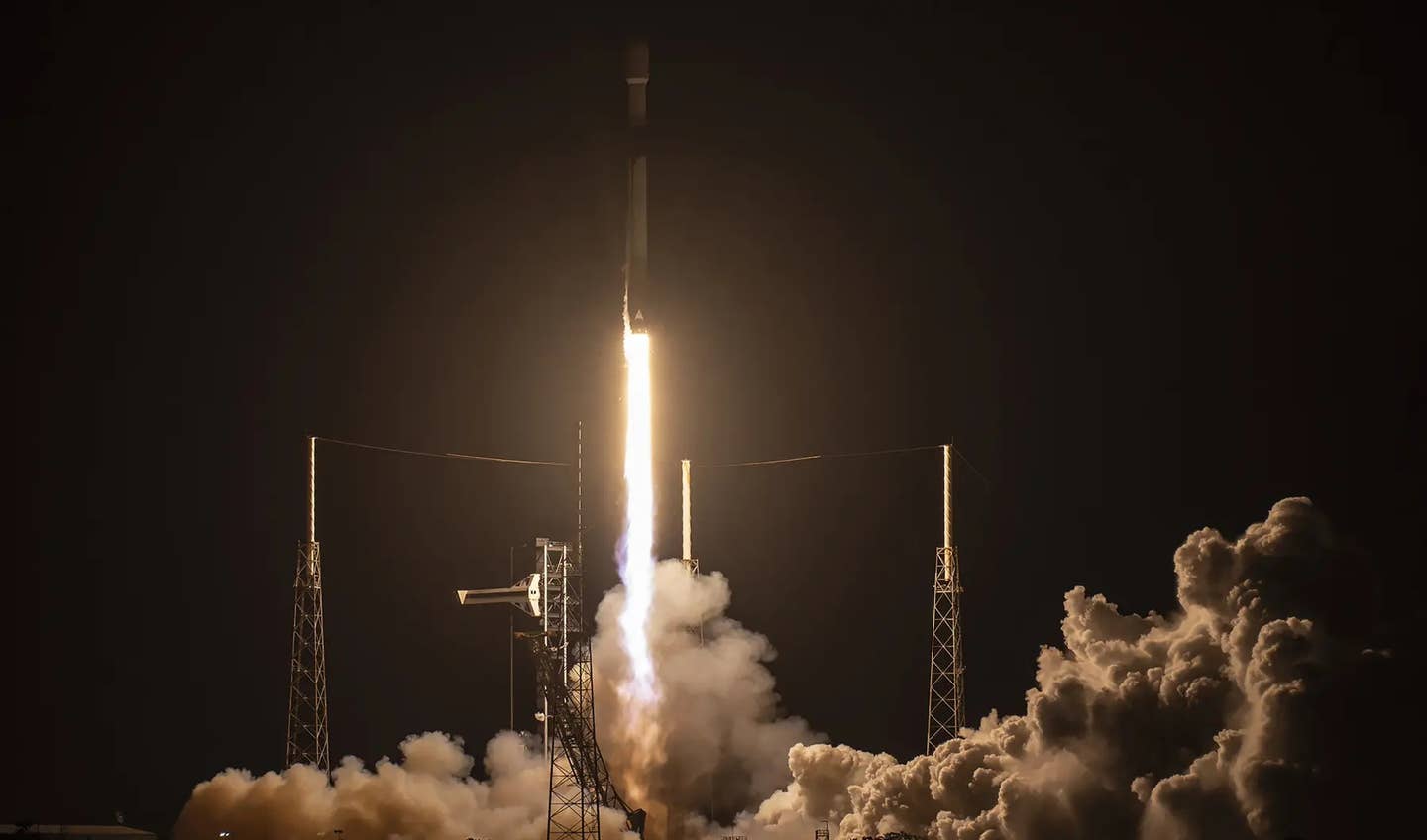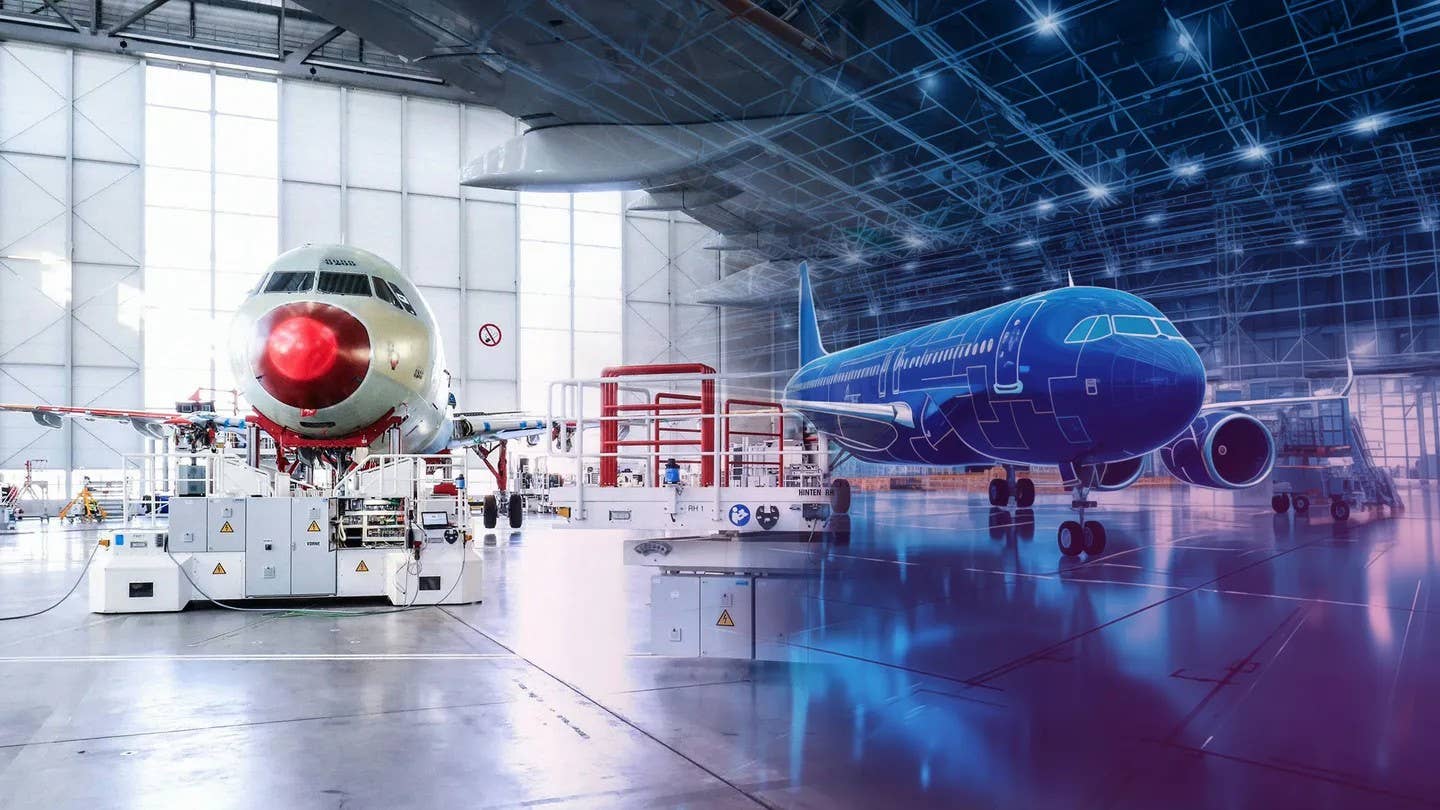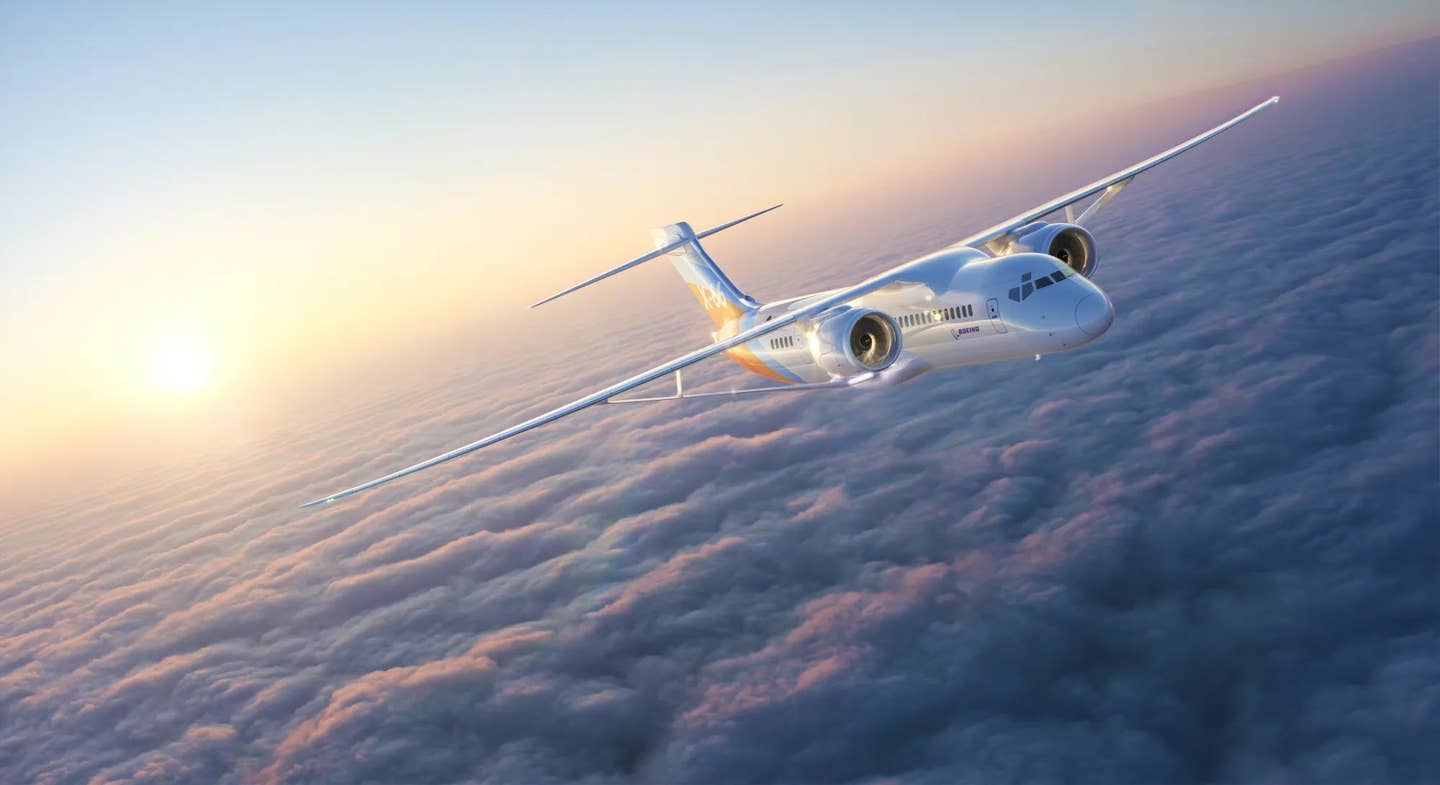Airbus Updates on H160 Twin Turbine Helicopter, Partnerships
The relationships with PHI, Safran, and Shell highlight offshore operations and sustainable fuel utilization.

Shell selected the H160 to integrate into its operations in the Gulf of Mexico through partner PHI. [Courtesy: Airbus]
A partnership with longtime offshore operator PHI and news of collaboration with Shell on sustainable aviation fuel led the news from Airbus at the Helicopter Association International (HAI) Heli-Expo last week in Dallas, Texas.
FAA Certification on H160 Imminent
Topping news on the certification front, Airbus Helicopters leadership announced that the company expected to gain FAA certification on its H160 twin turbine model “in the coming months.”
The medium-utility H160’s powerplants—two Safran Arrano 1As—will be SAF compatible from the outset.
“One player cannot de-carbonize the whole sector—it will require wide-scale collaboration with trusted partners,” said Shell Americas aviation manager spokesman Steven Simpson. “The SAF-powered H160 will accelerate decarbonization our operations and showcase Shell’s commitments to using as well as producing SAF.”
The H160 carries the following specifications:
- Recommended cruise speed: 138 kts
- Max range with standard fuel tanks: 475 nm
- Max endurance with standard fuel tanks: 4.5 hrs
- Flight envelope: Minus 20C to ISA plus-37C; limited to 50C
- Max flight altitude: 20,000 ft
- Hover ceiling (in ground effect): 9,300 ft
- Capacity: 1 or 2 pilots plus up to 12 passengers
- Max takeoff weight: 13,338 pounds
Shell Looks to Utilize the H160
Last year, Shell selected the H160 to integrate into its operations in the Gulf of Mexico through partner PHI, based in Lafayette, Louisiana. The year-long test will put the H160 through its paces prior to the model gaining FAA certification.
The proving would “enable the operator and the final customer to familiarize themselves with the type’s advanced features and mitigate the normal challenges around entry into service,” according to a company release in February 2021.
In an update during a briefing at Heli-Expo, Keith Mullett, managing director of PHI remarked upon how the eight-month program would simulate precisely the conditions the H160 would need to operate in order to integrate into the PHI fleet.
“The route proving program…is really an innovation and something we’re very proud of as part of this partnership.” PHI will use the “best part of a year” to put the aircraft through its paces and examine its training programs along the way.
“I think it’s important for us to realize that this has been a partnership of trust and innovation and working together to arrive at where we are today…It’s PHI’s intention to introduce SAF as part of the introduction of the H160 aircraft in the Gulf of Mexico.”
“This is a true step forward for our industry: [the H160] is safer, it is cleaner, it is quieter than anything that’s out there right now.”
Deliveries in 2021 Rebound
Airbus joined many other OEMs in both the rotorcraft and fixed-wing space in marking increased shipments in 2021, as reported in the latest figures from the General Aviation Manufacturers Association (GAMA) released in February.
Among the strongest winners in the French manufacturer’s portfolio: the H125/H125M, along with the H145/H145M
- H125/H125M: 84 units
- H130: 15 units
- H135/H135M: 15 units
- H145/H145M: 44 units
- H155: 1 unit
- H160: 0 units
- H175: 4 units
- H215/H215M: 3 units
- H225H225M: 14 units
The 324 shipments represent a 12 percent improvement over 2020 figures, which totaled 287 in the company’s rotorcraft division, as well as the delivery numbers reported in 2019, at 300 total. Airbus marked $2.056 billion in total rotorcraft billings for 2021.
More on Partnerships with Safran, Shell
French engine and component manufacturer Safran joined Airbus and Shell in continuing to promote the utilization of sustainable aviation fuel in its powerplants, in various turbine helicopter models across the spectrum.
Specifically, Safran expects to support the use of a 50 percent blend of SAF in its Arrano 1A engines, which received FAA certification in July 2021.
For its part, Shell proposes that it will produce 2 million tonnes of SAF by 2025, which is roughly twice the volume of today’s available supply. The burn rate [of this SAF blend] translates into 50 percent less CO2 emissions, according to Simpson, speaking at Heli-Expo. “That’s a solid step in the right direction.”

Sign-up for newsletters & special offers!
Get the latest FLYING stories & special offers delivered directly to your inbox






